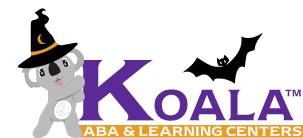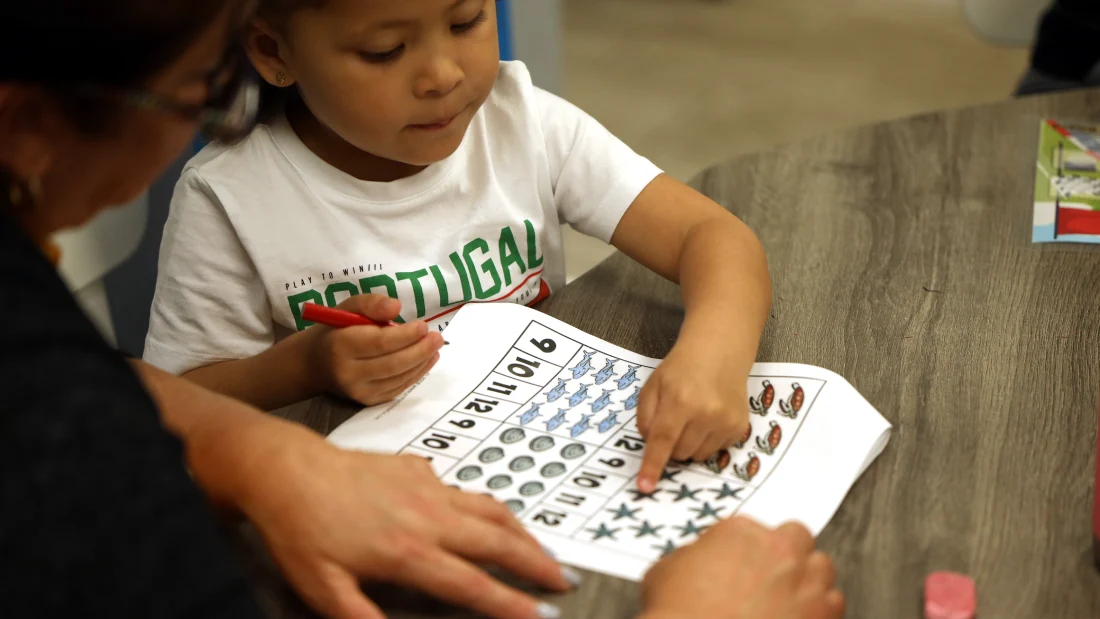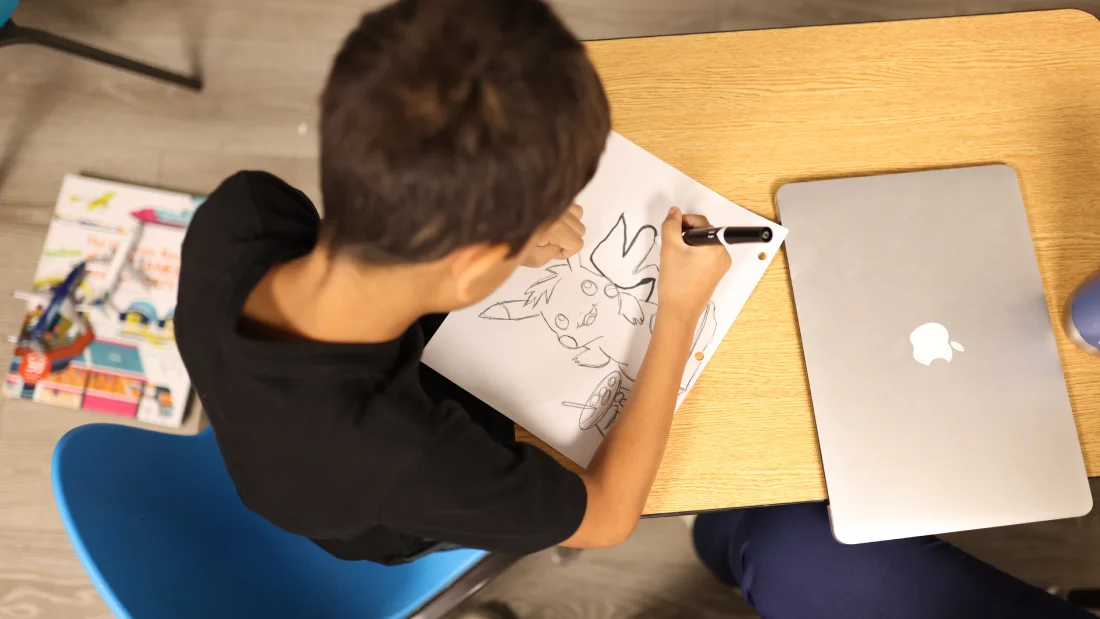If you have a child with autism, Applied Behavior Analysis (ABA) is already familiar to you. You also know that ABA Therapy is accepted as the universal standard for behavioral support in specialized centers. However, the success of ABA strategies doesn’t happen only in the clinic—it’s also fostered at home.
In this article, we propose 7 fundamental ABA strategies, approved by therapists, that you can integrate at home today. Our goal is to give you practical ABA tools for the family so you feel prepared to support your child in reaching their maximum potential in their everyday environment.
Ready to turn your home into your second specialized support center? Keep reading!
What Is the Role of Parents When Implementing ABA Strategies at Home?
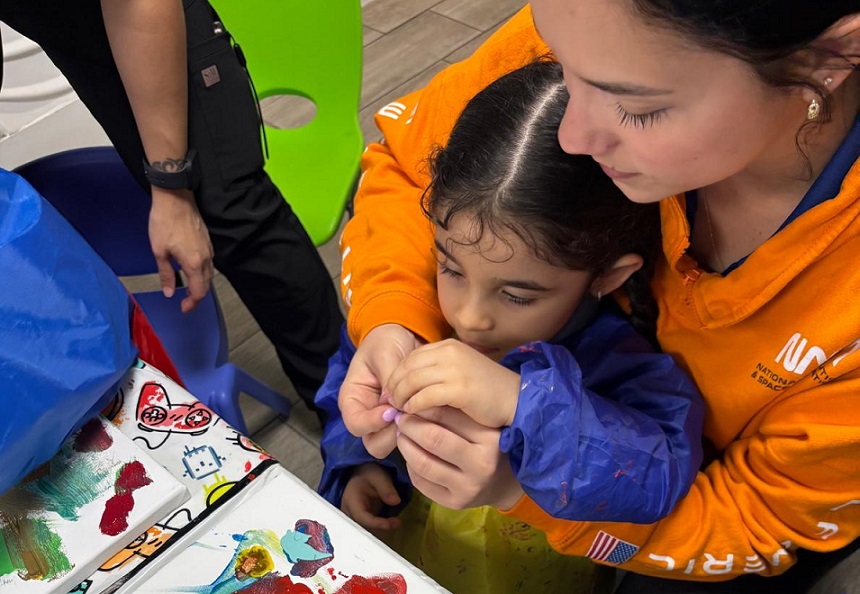
From a scientific point of view, ABA therapy is a comprehensive approach that, by definition, requires the active participation of a therapist. However, while the dedication and technical knowledge of the therapists are vital, your involvement as a parent is the extra ingredient that fosters the true success of this therapy.
Thus, when you apply the ABA strategies at home, you turn the lessons learned in the clinic into functional skills. Furthermore, this family involvement ensures that new behaviors and skills become part of your child’s daily life, facilitating more effective learning.
Some of the most general benefits of applying ABA strategies at home include:
- Structured learning at home turns daily activities into continuous opportunities for teaching and practice.
- By applying ABA techniques for parents, learned skills become instinctive and natural.
- Ensuring the continuity of these methods reduces the child’s confusion and accelerates their behavioral learning curve.
What Are the Most Effective ABA Strategies to Apply at Home?
The beauty of ABA strategies is that, although they have a very solid scientific foundation, they translate into incredibly simple and effective everyday ABA applications. And you don’t need a therapist’s degree to use these methods at home; you only need consistency, patience… and love.
Below, we present 7 practical and effective ABA strategies for you to add to your toolkit at home:
1. Positive Reinforcement ABA: Fostering Desired Behavior.
Positive Reinforcement ABA is, perhaps, one of the most powerful ABA strategies. It is based on a simple principle: behavior that is rewarded is repeated. So, instead of focusing on what your child does “wrong,” you should celebrate what they do right:
- Identify the Reinforcers: These can be specific praises like “I love how you put away the toy,” hugs, or extra playtime.
- Deliver the Reinforcer Immediately: The child must clearly associate the action with the reward, which strengthens the behavior.
- Vary Your Reinforcers: Rotate the rewards to prevent your child from becoming saturated; keep a high and surprising level of motivation.
2. Structured Learning at Home: Using Visual Schedules and Cues.
Visual schedules and cues are one of the easiest ABA techniques for parents to implement, as they transform highly complex sequences into easy-to-understand steps, reducing the child’s reliance on verbal instructions:
- Create a Visual Schedule: Use photos or pictograms for routines like morning, afternoon, or bedtime, serving as a roadmap for the child.
- Use a “First/Then” Board: This simple tool motivates the completion of a less desired task by linking it to a reward.
- Encourage Independence: Visual checklists for tasks increase the child’s sense of control and autonomy.
3. Task Analysis to Foster Complex Skills.
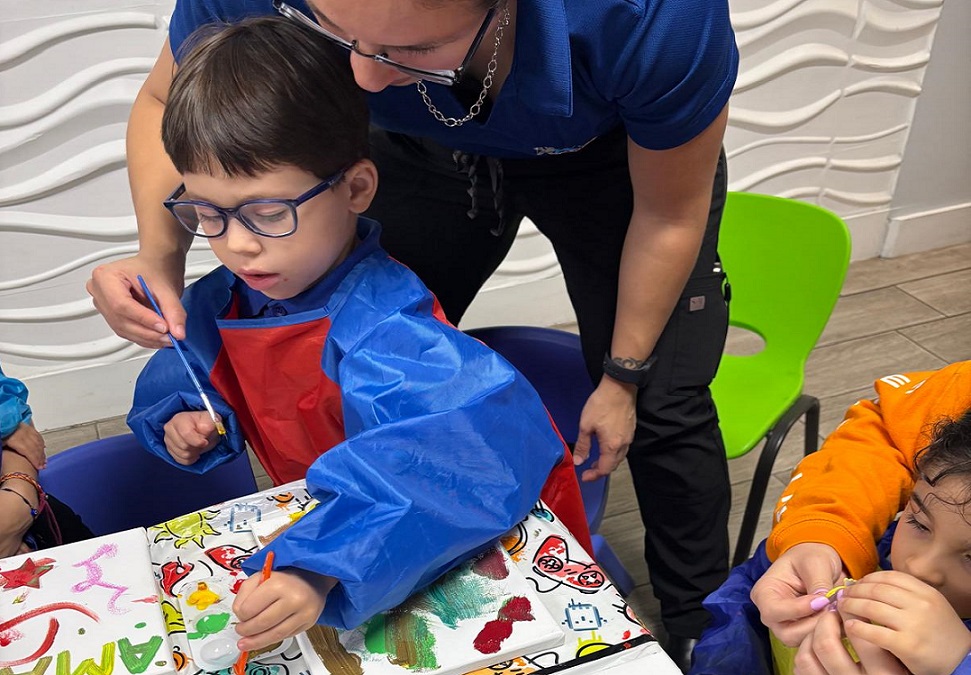
Task analysis involves taking a large, complex skill (like getting dressed or brushing teeth) and breaking it down into smaller, manageable steps. This method eliminates the frustration of trying to teach everything at once:
- Break Down the Task: Make a list of 5 to 15 simple steps your child can master one by one.
- Apply Chaining: You can start by teaching the first step or the last, depending on which is more motivating for the child.
- Reinforce Step-by-Step: Offer positive reinforcement when the current step is completed and the previous one is fully mastered.
4. Prompting and Fading: How to Give and Withdraw Assistance Effectively.
Prompts are small assists you offer to ensure your child performs the behavior correctly. Fading, on the other hand, is the gradual process of withdrawing that assistance, which is essential for encouraging independence:
- Use the Appropriate Level of Prompt: Start with the least intrusive prompt (e.g., a verbal cue), and only escalate if necessary.
- Begin Fading Immediately: As soon as your child shows they can start the step, you must withdraw the support.
- The Ultimate Goal: The child must be able to perform the behavior independently, without any indication or help from you.
5. Teaching Skill Development Activities Gradually.
Shaping is crucial for teaching a skill the child has never performed before; it involves rewarding successive approximations of the goal behavior. It’s like sculpting behavior little by little, which is vital for skill development:
- Reward Approximations: Reward even minimal efforts that get closer to the final skill.
- Raise the Criteria: As the child improves, only reward the approximations that are closest to the correct behavior.
- Steady Progress: This method is perfect for skill development activities in verbal, communication, or fine motor areas.
6. Generalization: Applying ABA Strategies in Diverse Settings.
Generalization is the litmus test for ABA strategies: Can your child perform the skill in different places, with different people, and using different objects? Yes, everyday ABA applications must also work in the “real world”:
- Practice in Multiple Environments: Perform the same practice at home, at the park, or at the grandparents’ house.
- Vary the Reinforcers: Ask different people to reinforce the same skill so the child doesn’t associate the behavior only with you.
- Use a Variety of Materials: Ensure the skill is not tied only to a specific toy or teaching material.
7. Data Collection to Monitor Progress.
Data collection is the scientific pillar of applied behavior analysis. Of course, it’s not about being a data scientist, but about objectively monitoring developmental progress, eliminating all assumptions or hasty conclusions:
- Record the Behavior: Use an app or a notebook to record when and how often a specific behavior occurs.
- Note the Context: Record which ABA strategies were present at the time of the behavior to identify possible patterns.
- Informed Decisions: Always maintain a clear and objective view of what is working and what needs readjustment.
When Is the Right Time to Seek Additional Support?
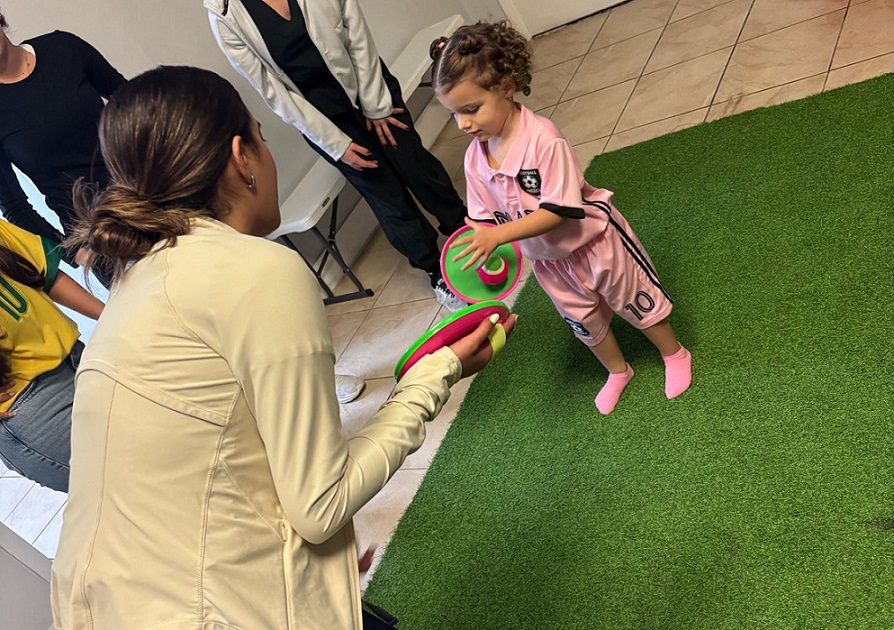
Knowing when to seek professional help is not a sign of failure; it is an act of great responsibility. While ABA strategies at home are extremely valuable, there are times when the complexity of the behavior or developmental challenges require the expertise of a certified therapist.
Therefore, if you notice any of these patterns, it’s a good time to consult a specialist:
- Intense Challenging Behavior: Persistent behaviors that put the safety of your child, or others, at risk.
- Lack of Progress: If you have consistently applied an ABA strategy without noticing significant progress.
- New or Intense Repetitive Behaviors: If repetitive behaviors or restricted interests appear that are difficult to manage.
Koala ABA: Your Ally for Boosting Learning and Behavior.
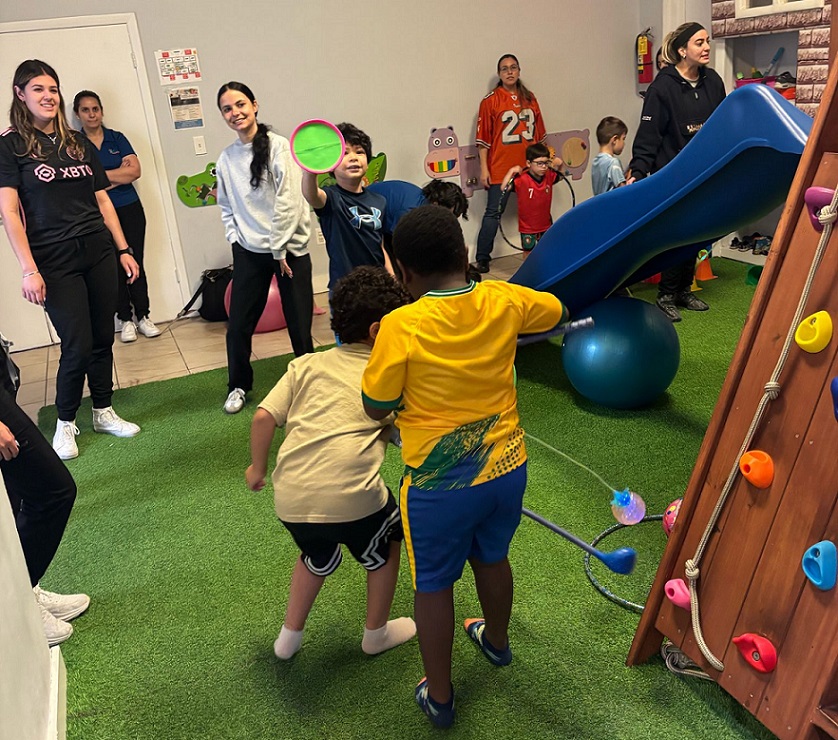
At Koala ABA & Learning Centers, we understand that the true success of ABA strategies occurs when parents and therapists work as a team. That’s why we accompany you from day one, providing you with the necessary tools so your child can apply what they’ve learned in their daily life, with confidence and autonomy.
One example is Learning Nest™, our innovative in-person homeschooling program. Learning Nest™ is a safe space where we combine personalized education, ABA therapy, and the guidance of certified therapists who deeply understand your child’s unique needs.
At Koala ABA & Learning Centers, Doral, Florida, your child will have access to:
- An Individualized Education Plan (IEP), designed based on their strengths and goals.
- Therapists and teachers working together, ensuring comprehensive progress.
- Safe and sensory-adapted classrooms, fostering calm, concentration, and learning.
- A holistic approach, uniting therapy, education, and social development in the same environment.
Remember, you don’t have to do it alone: we give you the guidance and support you need so your child can reach their maximum potential.
And the best time to start is today!
Contact us now and discover how we can transform ABA strategies into steps toward your child’s independence and happiness.

